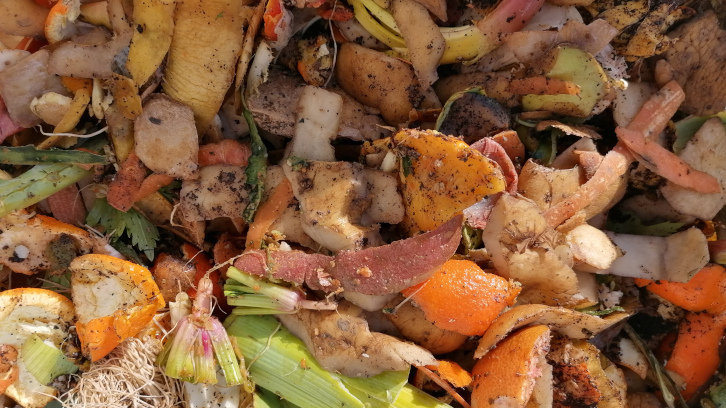Producing a bacterium with biopesticide applications from the organic fraction of municipal solid waste

A major effort is currently being made in the implementation of municipal waste selective collection systems. Bioproducts of commercial interest can be obtained from the organic fraction of the municipal solid waste through bioprocesses such as enzymatic hydrolysis and solid-state fermentation. A recent work studied the use of this fermentation process with the organic fraction of municipal solid waste as a substrate for the growth of the bacterium Bacillus thuringiensis, with applications for pest control in agriculture.
The generation of waste from different origins has been growing over the years. The hierarchy of consensus in the management of this waste is promoted by the different administrations, prioritizing waste minimization, followed by reuse and recycling. In the case of municipal waste, the effort made to implement selective collection systems is particularly important. In the case of the Organic Fraction of Municipal Waste (OFMSW), selective collection produces a quality material that is usually valorized through composting or anaerobic digestion. However, given the composition of this fraction, rich in polysaccharides, fibers, proteins, lipids and micro and macro nutrients, its exploitation to obtain bioproducts of commercial interest arises as a promising valorization route, in line with the scheme circular bioeconomy recently promoted by the different local and European administrations.
One of the possibilities that arises when considering OFMSW as a substrate to obtain bioproducts is the enzymatic hydrolysis of this material. Enzymatic hydrolysis is applied as a pretreatment of lignocellulosic substrates in biorefineries, helping to break down the macromolecules into their functional units. The enzymatic hydrolysis of carbohydrates and fibers, which are the main components of the OFMSW (up to 85% by weight), leads to the release of a variety of sugars that can be used in fermentative processes (mainly submerged fermentation, since these sugars are found in the liquid phase after hydrolysis) to obtain, among others, organic acids, bioplastics and biofuels. On the other hand, the solid fraction remaining after the enzymatic process still contains partially hydrolyzed fibers that can also be used as a substrate to obtain other bioproducts. In this case, Solid State Fermentation (SSF), a process of aerobic microbial decomposition that takes place in the absence or near absence of free water, is preferred. Water needs become a key point in the current context of water scarcity.
Scanning microscopy images. Bacillus thuringiensis crystals (spherical) and spores can be observed. Solid fraction resulting from the enzymatic hydrolysis of OFMSW was used as substrate.
In the specific case presented in this work, SSF has been used to valorize the solid fraction resulting from the enzymatic hydrolysis of the OFMSW. This fraction has been used as a substrate for the growth of Bacillus thuringiensis (Bt), a gram-positive bacteria that produces an endotoxin in the form of a crystal during sporulation and that presents a selective toxicity to different insect pests. Different biopesticides based on this microorganism can be found on the market, usually produced by submerged fermentation using raw materials that increase the cost of production and the use of resources.
In the present work, the solid fraction of the OFMSW hydrolysis, together with two different co-substrates, necessary to maintain the pH of the process at suitable values for the growth and sporulation of Bt, has been shown to be a good substrate for the production of spores and crystals of this microorganism with a biopesticide effect. The co-substrates used were sludge from urban wastewater treatment and OFMSW treated by anaerobic digestion, both residual effluents from waste recovery processes. Working in reactors of 1.5 liters of useful volume, concentrations of Bt spores of 108 and 109 spores per gram of dry substrate have been obtained, multiplying approximately by 100 and by 50 the cells of Bt initially inoculated.
This work represents another step in the proposal of new valorization routes for the OFMSW, in line with the maximum utilization that the framework of a biorefinery can mean for this fraction. The formulation of the product obtained and the evaluation of its effect and safety are the tasks that remain.
Composting Research Group (GICOM)
Department of Chemical, Biological and Environmental Engineering
Engineering School
Universitat Autònoma de Barcelona
References
Esther Molina-Peñate, Nil Arenòs, Antoni Sánchez, Adriana Artola. Bacillus thuringiensis Production Through Solid¿State Fermentation Using Organic Fraction of Municipal Solid Waste (OFMSW) Enzymatic Hydrolysate. Waste and Biomass Valorization, 14, 1433-1445, 2023. https://doi.org/10.1007/s12649-022-01978-5.


